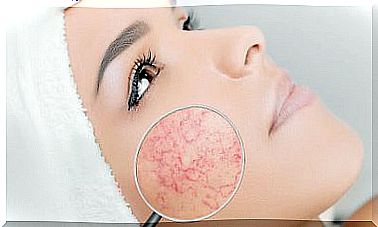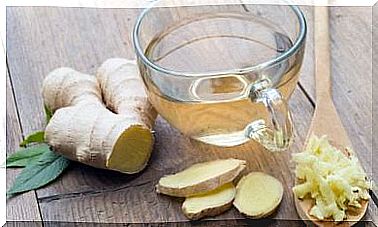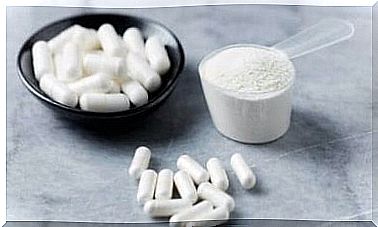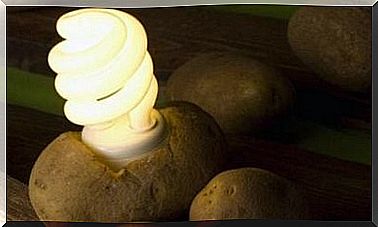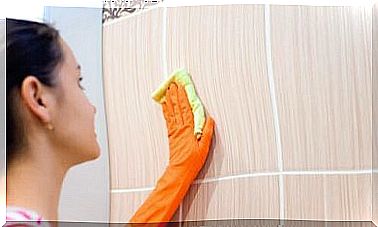How To Sterilize Kitchen Utensils
Have you ever thought to yourself that you need to sterilize kitchen utensils? It is the healthiest thing to do. Find out the best ways to do this.
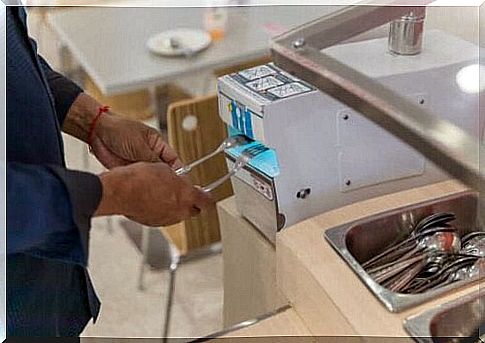
If you are one of the people who love to cook, you might be wondering how to sterilize kitchen utensils and if it is possible to do so. The answer is yes. Sterilization is a process through which the total destruction of microorganisms present in a certain place or on an object is achieved .
Proper sterilization allows food to be free from pathogens and prevents it from undergoing possible cross-contamination. You must therefore learn how to sterilize utensils correctly to avoid setbacks. We will explain how to do it.
Why is it important to sterilize kitchen utensils?
You may be thinking to yourself that you just need to wash them with water and washing up liquid. However, it is not the case. Sinks, sponges and tea towels are the dirtiest items in your kitchen. Bacteria like Salmonella and E. coli can indeed live there.
There may also be cross-contamination with other foods as pathogens use utensils as a bridge to move around.
In the case of Salmonella , we are talking about a bacterium that lives in the intestines of people and animals. It causes nausea, vomiting, cramps, diarrhea, fever, chills, headache, and blood in the stool.
E. Coli triggers the same symptoms as Salmonella, except for the headache. These two bacteria are fecal coliforms, which means that their presence in an environment indicates contamination by stool. There are other less serious illnesses, such as infection with Campylobacter, rotavirus or listeriosis.
Bacteria enter the kitchen through meat contaminated with animal feces or from not washing your hands when preparing the meal. Thus, not taking hygiene standards into account can trigger these food infections.

How can I avoid these diseases?
These diseases can be prevented by maintaining proper hygiene in the kitchen. One of the main things you should do is wash the dish sponge and kitchen towels with boiling water on a daily basis. This will prevent the proliferation of germs.
You should also clean the fridge thoroughly. Keeping it below 4 ° C is recommended to prevent the growth of microorganisms.
As far as trash is concerned, it is best if it is in a well-closed area and that you take it out frequently. Buy a trash can with a pedal so you don’t have to handle it with your hands. And, of course, you need to sterilize the kitchen utensils.
How to sterilize kitchen utensils?
To sterilize kitchen utensils properly, you need to separate them. We will walk you through the process for each of them.
Knives
In the kitchen, the knife is one of the most important utensils. There are two methods of sterilizing it: one is the classic method and the other is the one with UV light.
With regard to the classic method, it is a question of introducing the utensils into water vapor, which has a sterilization capacity because, in their gaseous state, the molecules penetrate more easily into the objects. When hot, they are able to kill pathogenic microorganisms.
These microorganisms have a growth temperature of between 20 and 45 ° C. But it’s not just them: the bacteria that form spores also cause gastrointestinal problems.
These spores tolerate high temperatures. Therefore, to obtain optimal sterilization, one must go above 100 ° C for 15 minutes.
In the case of UV sterilization, which is one of the most used in the food industry, it is able to kill the majority of microorganisms. For this, you need a UV lamp, even if we sell sterilizing tanks and ovens with this technology.
Forks and spoons
You must sterilize them separately from the knives. First, put all cutlery and utensils like tongs, scissors, spatulas or strainers in a container or on a tray to sterilize them.
Then boil water with multi-purpose detergent and pour it into the container, covering all objects. Close with a lid and let soak for 5 to 20 minutes.
Take special care if utensils are plastic. When the time is up, remove the lid and remove the water then allow the items to cool. Wipe me dry and store them in a clean place.
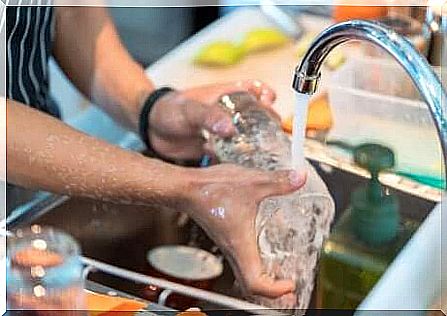
Cutting board
To disinfect the cutting board, it all depends on the material it is made of. They are generally made of wood. In the case of vinegar, it does not affect the fibers of the surface and avoids deteriorating it. Its compounds help fight bacteria responsible for food infections.
To use it, clean the surface and pour in the white vinegar. Leave on for 10 minutes. Once this time has elapsed, rinse with water and let dry.
If you want to neutralize the smell, use lemon juice. Start by cutting a washer and rubbing it on the surface of the board for 2 minutes. Let air dry without rinsing.
Sterilize for the safety of your family
In general, you need to sterilize your utensils because with them you manipulate what you put in your mouth: they can be a means of contaminating food. With this simple practice, you add security to the health of your family.
Take a moment to do this and combine this sterilization with other hygienic measures, such as the separation of meats and vegetables and the use of products of safe origin.
